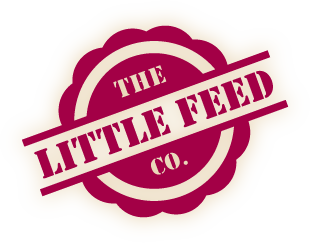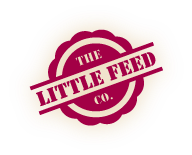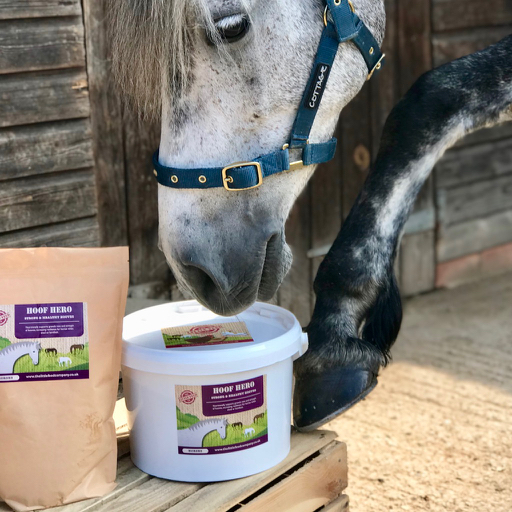
If you own horses, you have probably heard of Biotin. It was one of the first feed supplements to hit the shelves and remains a best seller today. Biotin is commonly fed to improve horses’ hooves.
But did you know….
Biotin is a B vitamin, known as vitamin B7, or weirdly, vitamin H.
Like other B vitamins, Biotin it is used to metabolise fats, protein and carbohydrate.
Biotin is water soluble and cannot be stored in the body. This means that the body needs more every day.
Biotin is made by bacteria in the horse’s gut as they ferment fibre in the diet. The health of the horse’s gut, plus the amount of fibre in their diet will affect the amount of Biotin produced.
Biotin contains sulphur and this is why it is so important for hoof health. Research has shown that feeding at least 15mg of Biotin per day can improve hoof condition.
Biotin is most effective for hoof condition when fed with methionine and zinc. Hoof Hero contains all 3 key ingredients along with seaweed, rosehips and MSM to support hoof condition and also hoof growth rate. We see such great results with Hoof Hero it comes with a money-back guarantee!
Learn more about Hoof Hero
Why does my horse lose shoes?
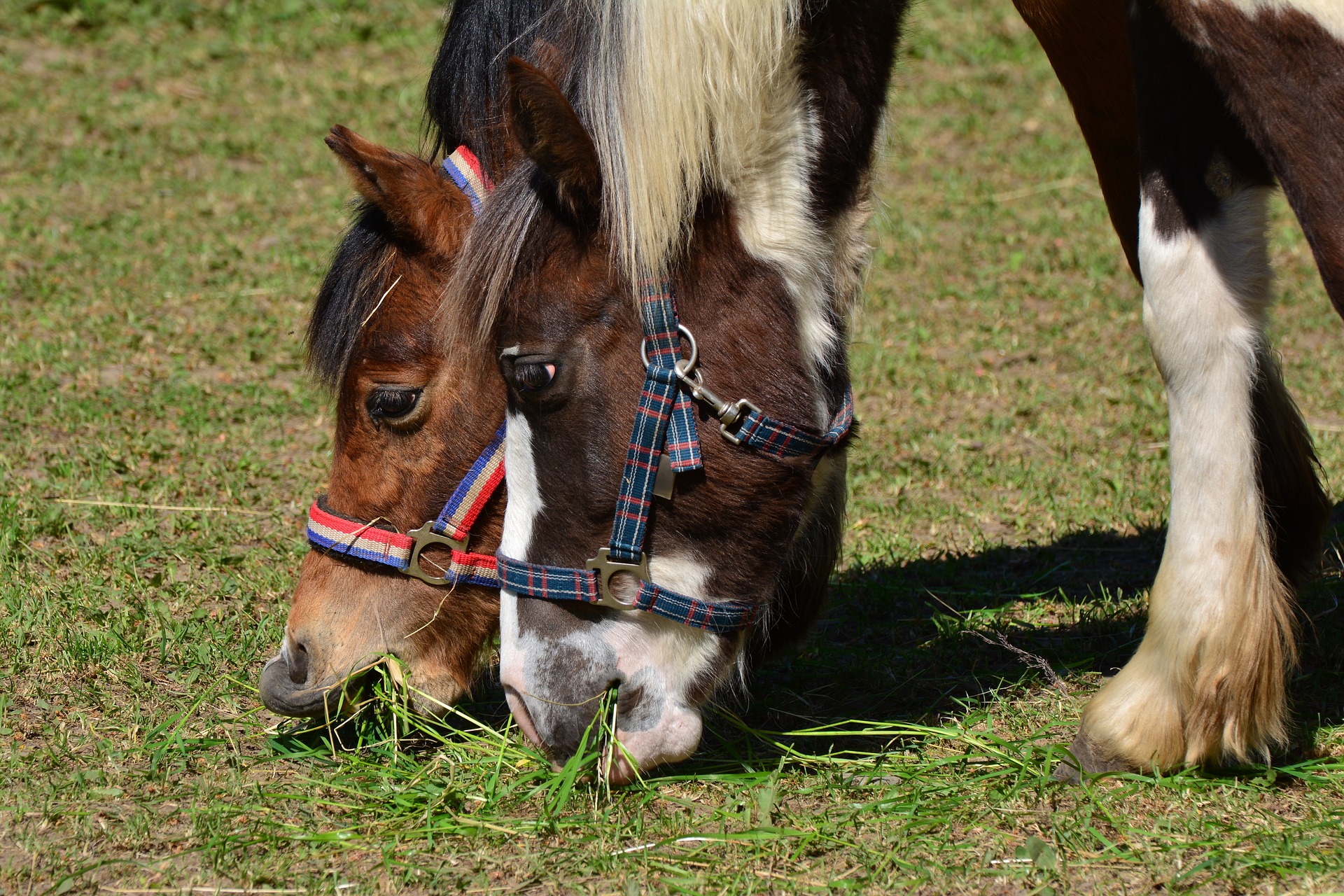
My field has no grass but my horse is still fat!….Sound familiar?
It is so difficult to manage a good-doer at this time of year. Is your horse hungry or greedy?!
Grass growth is really important for farmers so there is a national scheme that records the growth rate every week. In the last week of May 22, in the South West of England, the growth rate was 80kg (dry matter) per hectare (2.5 acres) PER DAY! If we assume that a 500kg horse needs to eat 2.5% of its bodyweight every day, that 2 1/2 acre field would produce enough food for 6 horses – and a pony!!!
Now, this is only looking at fertilised grass grown for dairy cows so if you have an unfertilised, natural paddock for your horses the growth rate will be considerably less than this, BUT it will still be producing a LOT of grazing every day.
So why, is there ‘no grass’ in your paddock??….
…Because it is in your horse’s belly!!!
I think the best way to judge whether your horse is hungry or greedy is to regularly measure his weight with a weigh tape and keep a close eye on his behaviour.
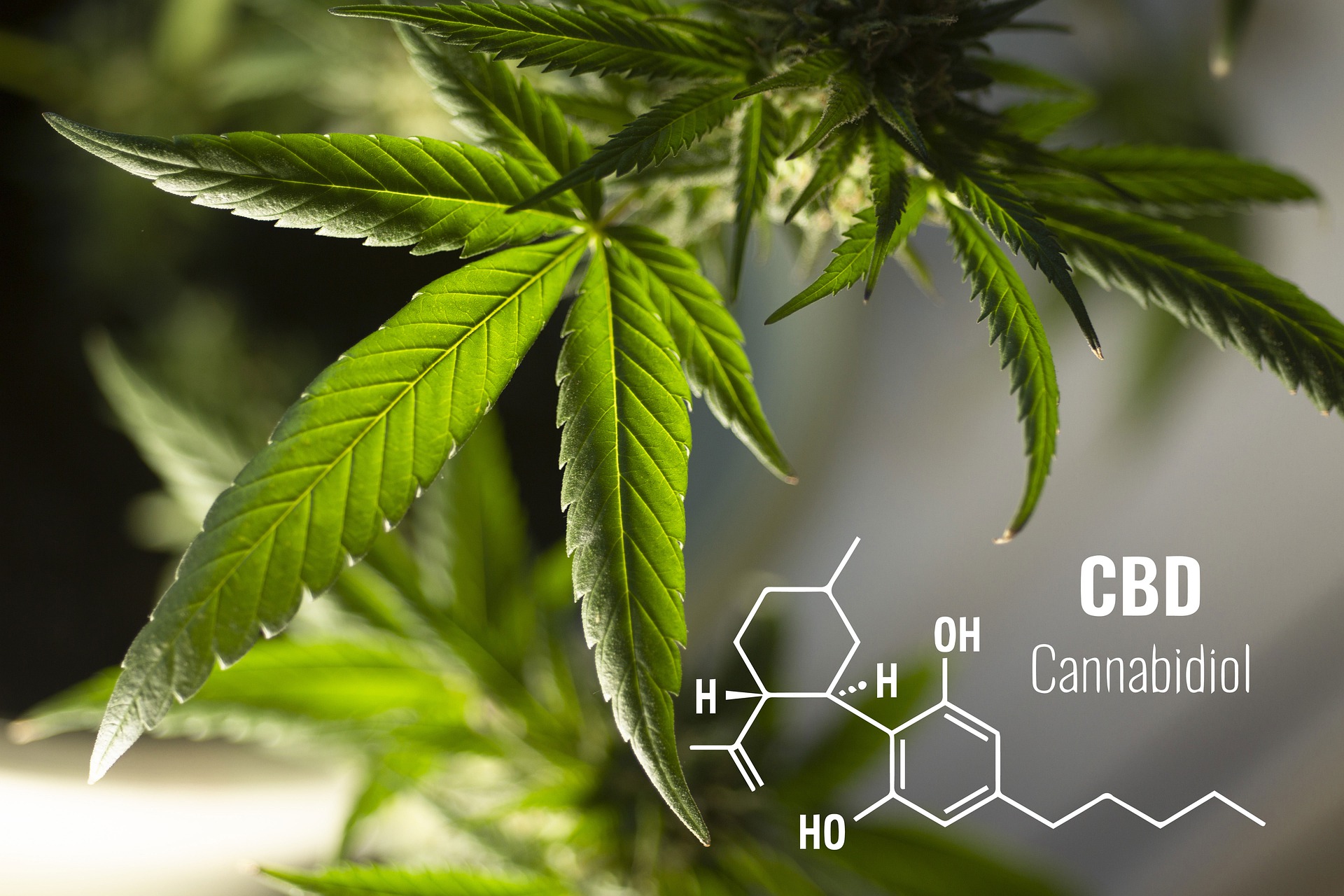
CBD (Cannabinoids) from hemp has recently been added to the ‘Naturally Occurring Prohibited Substances’ List, known as BETA NOPS. This means that CBD is now considered a banned substance for horses competing under affiliated competition rules.
Our Flex Free joint supplement contains hemp seeds. They are highly nutritious, providing an excellent source of digestible protein as well as unique Omega oils with natural anti-inflammatory properties.
This is where it starts to get complicated!…
Hemp CBD is only found in the flowers and a little in the plant material. The seeds don’t actually contain any CBD at all. BETA NOPS list ‘Cannabinoids from hemp fibre and plant material’, the seeds are not mentioned. But, there is obviously still a risk that some hemp plant material may make it into the seed harvest and cause a very small amount of CBD to be present. This is not likely to have any impact on your horse’s performance what so ever, but if it can be detected, it is breaking competition rules.
If you are not competing your horse under affiliated rules there is no reason to feel concerned. We feed Flex Free to our own horses and are convinced that the inclusion of hemp seeds enhance palatable and effectiveness.
CBD is not harmful to horses in anyway, in fact it is believed it could offer an unfair advantage in managing joint comfort and behaviour. We are currently looking at options for our Flex Free formula. Our hemp supplier is also running tests on the hemp seeds to decide on the future of hemp as a horse feed in the UK.
Learn more about the BETA NOPS prohibited substances here.
Learn more about our Flex Free joint supplement here
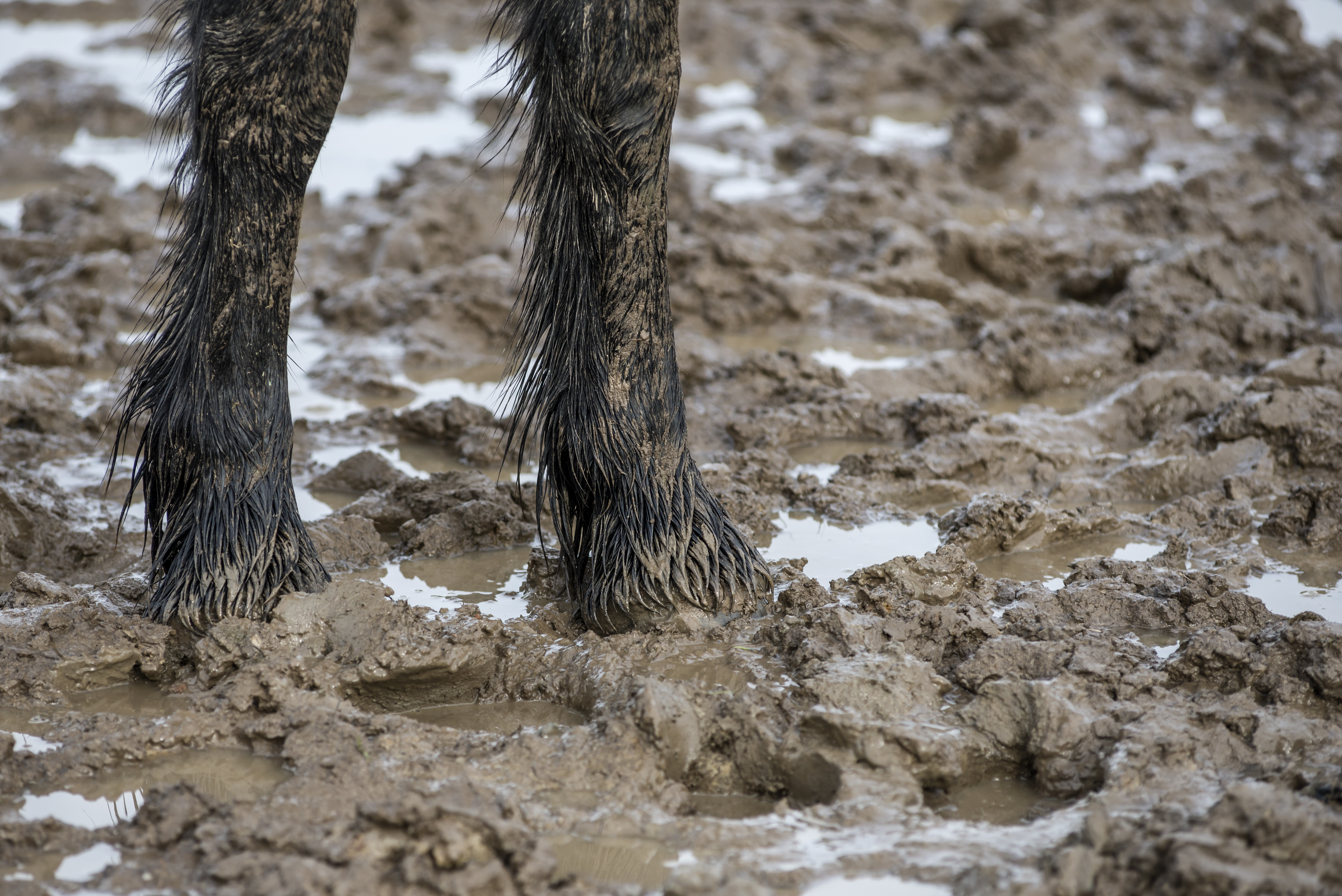
There is no getting away from it – winter is coming and soon the mud will return. Here is all you need to know about mud fever in horses…
The Cause of Mud Fever –
Mud Fever is caused by a bacteria called dermatophilus congolensis. This bacteria is also responsible for Rain Scald. The bacteria lives in soil and on the skin of our horses, but when the skin becomes weakened by continuous wet conditions, and if there are any small scratches and wounds, the bacteria can enter the body and cause an infection.
However, mud fever isn’t just a skin problem. The reason why some horses get it and others don’t is down to the immune system. Some horses are more sensitive to the bacteria, and their body is less able to fight it off. This may be a natural trait, or they may have other conditions which are putting the immune system under pressure (such as a dust allergy, cough, age, poor diet, hard training schedule etc). A poor immune system will make them more prone to mud fever.
How to Treat Mud Fever –
The reason why Mud Fever is so difficult to treat is because you have to keep your horse out of the mud. Easier said than done! Most vets will tell you that you need to remove the scabs. The scab forms a nice little protective cover allowing the bacteria to thrive underneath. Removing the scabs is painful and whether you can do it or not depends on your horse. Applying aqueous cream and then wrapping in cling film before bandaging will help to soften them. Washing in medicated shampoo – and drying thoroughly, and then using Veterinary prescribed creams such as Flamazine are very effective. It is also important to ensure that your horse is in optimum health to help him to naturally fight off the bacteria for himself. Feeding a supplement rich in anti-oxidants, Such as Skin Saver, will support the immune system and help maintain healthy skin.
How to Prevent Mud Fever
As mud fever is so difficult to treat, it is vital to try to prevent it from taking hold in the first place. You should do this from the outside AND the inside. Regularly checking the legs and pasterns is vital. Whether you should or shouldn’t wash the legs regularly is much debated. It may be best to dry the legs as quickly as possible and then gently brush the mud off. There are many barrier creams and turnout boots on the market, but if the legs are not spotless underneath they could end up harbouring bacteria or even rubbing and weakening the skin further. Feeding a balanced diet and a supplement to support the immune system and promote healthy skin may help to stop the condition from taking hold.
But what if you are doing everything and it still isn’t getting any better?
Mud Fever is similar to other conditions, and it is also very easy to get secondary infections. If you are not seeing an improvement contact your Vet. Conditions like vasculitis, mites and photosensitivity will produce similar symptoms but require a different treatment regime.

